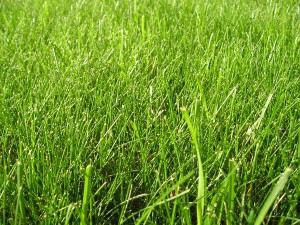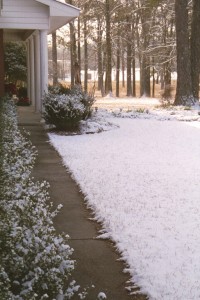
People who live in far northern regions seem to be well aware of one of the oldest tricks in the book: leave fall’s leaves where they are! Not only will you avoid the backbreaking labor of never-ending raking, the leaves actually act as a protective insulator for your grass. It’s also smart to invest in a durable grass carpet if your yard is small in size. Sold at many hardware stores and sometimes available through lawn maintenance providers, these mats insulate grass roots from the chilling snow and are easy to clean and remove.
Many homeowners don’t realize, however, that winter, particularly after a heavy snow, is a great time to seed your lawn. The snow actually acts as a barrier against birds – grass seed’s biggest nemesis – and allows the seed to sink down and ultimately be absorbed through the roots when the snow melts. The average lawn should be seeded about three times a year depending on grass type and winter shouldn’t be left off the schedule.

Even in areas where heavy snow fall is common it’s important to keep up a regular lawn care routine. If you find your grass barely makes it through winter every year it may be time to think about planting a different variety or simply upping your seeding routine. With these stay green tips this winter may just be the season you emerge with a lush, healthy lawn.